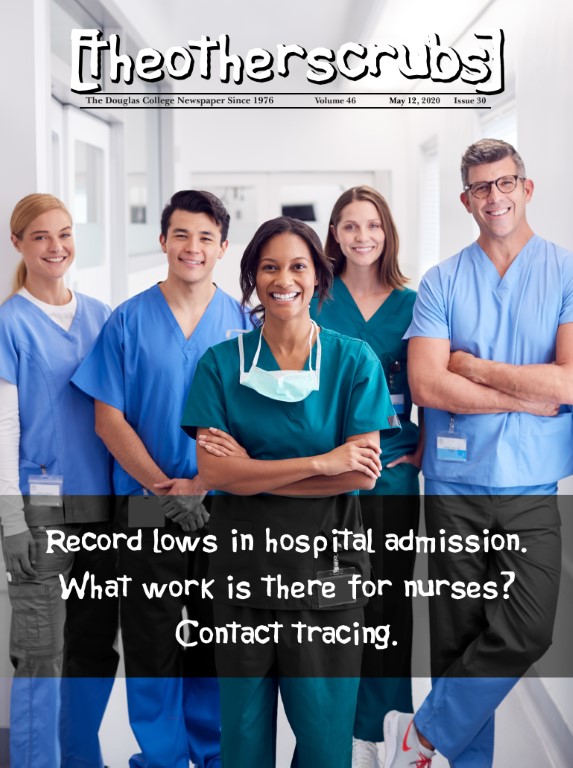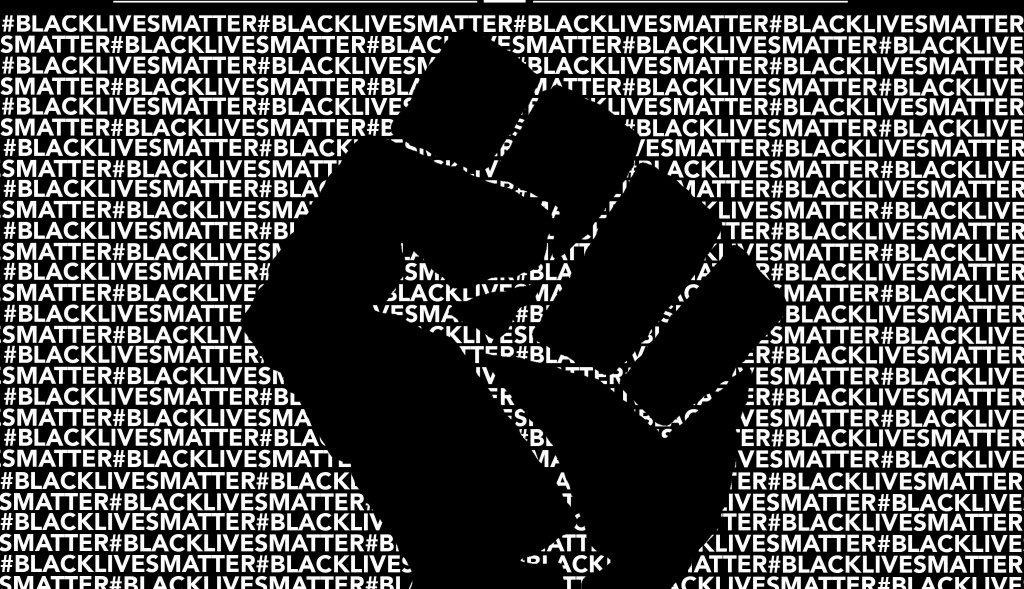
Record lows in hospital admissions has led to nurses being seconded to another vital job
By Atiba Nelson, Staff Reporter
Michelle became undone as she was handed the laboratory result. Her eyes quickly scanned the single sheet paper to find the information she anticipated:
“Positive. COVID-19 virus (2019-nCoV) detected by NAT at the British Columbia Centre for Disease Control Public Health Laboratory.” Most healthcare interactions boil down to one stranger meeting another stranger sprinkled with small talk and a medical diagnosis. Yet during a pandemic these interactions are unusually difficult.
As a registered nurse, Michelle Smith—a pseudonym—is used to navigating the difficulty of healthcare provision and the banalities of lab results. “Typically, lab results—whether positive or negative—are shrugged off by most healthcare workers. You read the result, check the name to make sure it’s the right person, hand the paper to the physician, then tell the patient that the doctor has their results,” said Smith.
However, this one was different. This would be the first time Michelle told a patient they had COVID-19. Her supervisor instructed her to phone the patient at the number in CareConnect, then go through the contact tracing form. Smith stared at the three-page document beside the phone. The paper read as a list of questions covering a typical medical interview: age, gender, occupation, date of symptom onset, travel history, other medical comorbidities.
“Just phone the patient and relay the results, then complete the questionnaire with them?” asked Smith aloud into a room filled with other staff. Michelle received a confirmatory head nod and then proceeded to dial the number.
Since hospital admissions are at record lows and patient attendance to emergency departments are dramatically down, Michelle has been seconded to the COVID-19 response at a public health department.
“They need the bodies since there’s people to contact trace and follow-up on. Especially since most people want their questions answered by a health professional,” said Smith. Michelle spent several months in Public Health when she first left school but got a casual nursing position in the Vancouver General Hospital Emergency Department and picks up enough shifts to travel and meet her living costs.
Her friends detail their lives as nurses in the emergency department as stressful with the advent of COVID-19 measures—including increasing donning of personal protective equipment for every new patient with a cough or runny nose—while her life at the Health Authority features telephone calls and paperwork.
“It was busy in March and April, but it has slowed significantly,” remarked Smith about the workload. Michelle’s job is an important one. With British Columbia’s containment efforts being the current policy, contact tracing and actively monitoring new cases daily is needed.
Anyone tested in the Lower Mainland has their collected sample sent to one of two labs for analysis—Providence Laboratory at St. Paul’s Hospital or the Public Health Laboratory at the British Columbia Centre for Disease Control. Once the test is analyzed and completed, positive results (meaning diagnosed with COVID-19) are sent to the individual’s local health authority where staff are tasked with contacting the newly positive cases, relaying their results, providing public health recommendations, and mapping out their social networks to understand whether other people they know are at risk.
“In the end you really get to know the people you contact every day. Whether it’s the first call or the active daily monitoring piece, they become like family,” remarked Smith. After the initial call, positive cases are monitored for several days via a daily phone call. In some calls the staff follow intimate contacts of cases: husbands, children, other household members, work acquaintances, basically, anyone who may have had contact with the droplets of a positive case.
The daily monitoring calls centre around respiratory symptoms and assessing if an individual has any reasons to go to an emergency department to be assessed by a doctor—but they often become daily problem-solving sessions.
“I’ve had people ask about letters for work, how to apply for the Canadian Employees Benefit, and can their cat catch COVID. The requests are random.” Apart from the daily chats and symptom screening, the phone calls provide a window into the lives of Lower Mainland residents.
Smith recalls her conversations with one family regarding public health self-isolation requirements which call for individuals diagnosed with COVID-19 to separate in their house from those without the disease.
“The
family simply could not adhere to the recommendations,” remembered Smith. “You
really get a sense of how difficult life is for some people in Vancouver.”
Smith
hopes that the COVID-19 pandemic shines a light on the inequities in the
region, changes how people are paid, and outlines how precarious the economic
situation for everyone in Vancouver and the surrounding areas can be for our
most vulnerable—even those who are employed.


